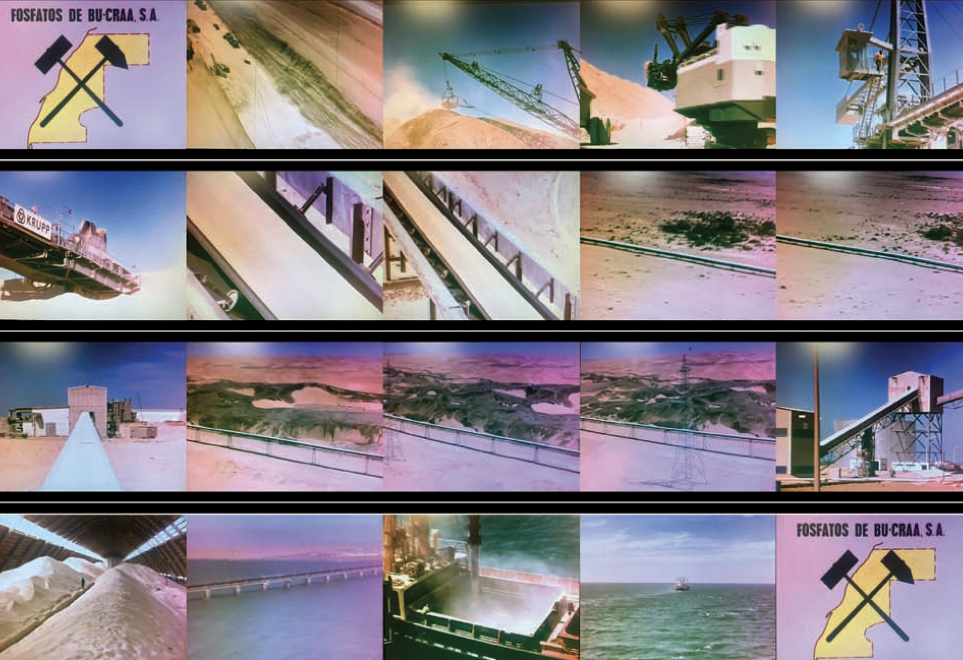
Contemporary discourse on the desert challenges colonial approaches to this landscape, yet there is a risk of remaining within an imperial theoretical framework. Departing from the dichotomy of “smooth” versus “striated” space conceptualized by Gilles Deleuze and Felix Guattari in A Thousand Plateaus: Capitalism and Schizophrenia, this essay argues for the need to move beyond the notion of the desert as a spatial continuum. Considering the complex historical development of decolonizing Western Sahara, this paper argues for understanding the desert otherwise through a focus on three specific buildings. Mohammed Abdalah’s tent offers a model for how traditional nomadic forms of living were entangled in the process of geographical expeditions of the Spanish colonial government in the first half of the twentieth century—a form of life that vanished with the establishment of new cities and a mining company in the African colony. While the population started settling in towns, the colonial government had the project of making a profit from the rich resources of phosphate in the national and international market: the ground itself became movable. That ‘fluid movement’ was achieved by constructing the world’s longest conveyor belt, connecting the mine of Bou Craa with the port of El Aaiun, a moment in which the difference between spaces that are “smooth” and “striated” begins to blur. Finally, the construction of a fortifying wall of sand by the Moroccan army during the war with Western Sahara—a wall that still divides the contemporary territory—manifests the final iteration of the shifts of spatial understanding that have taken place, particularly since the 1980s. This essay accumulates this complex history in order to reveal how gray areas, ambiguous overlaps, and ill-defined borders configure a contemporary form of sovereignty over the desert. Highlighting the tensions between politics and geology, it argues that Western Sahara presents a case in which architecture arrests the movements and the trajectories of the nomadic paradigm.
Read the full article at Taylor & Francis. ![]()






